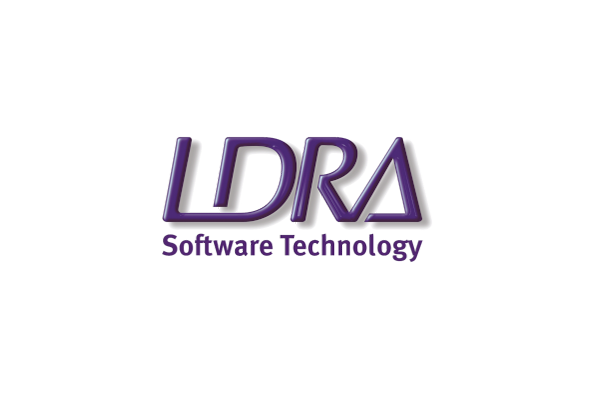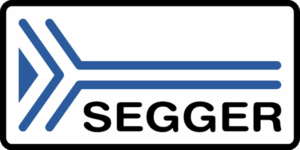
Managing software requirements using informal business tools like spreadsheets might work for a while, but even for smaller projects and project teams, managing the impact of changes throughout the entire life cycle can be difficult. You need to be able to efficiently and accurately respond to requirements changes. You also need to quickly determine which design and development artifacts must be updated, which tests must be re-run after the changes are implemented, and how to document that you’ve adequately tested the code to meet the requirements changes.
Ask us for a quoteOur brands

Our brands

Related articles

PRESS RELEASE – Logic Technology Appointed European Distributor for Lattix by CodeClinic
North Reading, MA United States & Beek (L), The Netherlands — July 29, 2025 CodeClinic LLC, a global provider of software quality and security solutions, is proud to announce the...
Read more
LDRA Joins Renesas Ready Partner Network and R-Car Consortium to Accelerate Safety-Critical Software Development, Verification and Certification
Read more
Cyber Resilience Act Compliance Guide
Read more
The Critical Need for Tracing in Real-Time Embedded Systems
Read more
Automated Requirements Test Generation: Maximise Coverage
Read more
If you have a complex system and a large development team, the sheer number and distribution of requirements can make that task unmanageable. To cope, many companies are moving to formal tools and requirements-driven development and testing. By focusing on requirements, teams are able to find the sweet spot between overengineering (which is expensive and time-consuming) or under-engineering (which raises the risk of failure).
Software requirements using informal business tools like spreadsheets might work for a while, but even for smaller projects and project teams, managing the impact of changes throughout the entire life cycle can be difficult. You need to be able to efficiently and accurately respond to requirements changes. You also need to quickly determine which design and development artifacts must be updated, which tests must be re-run after the changes are implemented, and how to document that you’ve adequately tested the code to meet the requirements changes.
Managing software requirements is essential for ensuring the success of software development projects,.
The purpose is to ensure that the software being developed meets the needs and expectations of its users and stakeholders. This involves a variety of activities, including:
- Gathering requirements: Identifying and documenting the specific needs and functionalities that the software must have.
- Analyzing requirements: Evaluating the feasibility and consistency of the requirements.
- Prioritizing requirements: Determining the relative importance of each requirement.
- Documenting requirements: Creating clear and concise specifications for the requirements.
- Verifying requirements: Ensuring that the requirements are complete, accurate, and consistent.
- Validating requirements: Confirming that the requirements meet the needs of the users and stakeholders.
- Managing changes to requirements: Tracking and controlling changes to the requirements throughout the development process.
By effectively managing software requirements, organizations can:
- Reduce the risk of project failure: By ensuring that the software is built to meet the needs of its users.
- Improve the quality of the software: By ensuring that the software is built to meet the specified requirements.
- Reduce development costs: By avoiding costly rework due to changes in requirements.
- Improve communication and collaboration: By providing a shared understanding of the requirements among all stakeholders.
- Increase customer satisfaction: By delivering software that meets the needs of its users.
LDRA Tool Suite
The LDRA tool suite is a flexible platform for producing safety, security, and mission-critical software in an accelerated, cost effective and requirements driven process.
TBmanager
TBmanager is a task-based interface that creates a common user experience among the compliance modules accommodating regression suites, test scripts and testing of applications developed using multiple programming languages.
LDRAvault
LDRAvault provides a web-interface that automatically aggregates reports and results from the LDRA tool suite including (but not limited to) code reviews, code coverage analysis, and unit testing results.
Managing requirements during the SDLC
If you have a complex system and a large development team, the sheer number and distribution of requirements can make that task unmanageable. To cope, many companies are moving to formal tools and requirements-driven development and testing. By focusing on requirements, teams are able to find the sweet spot between over-engineering (which is expensive and time-consuming) or under-engineering (which raises the risk of failure).

André De Ceuninck
Software Quality | Testing | Certification
Clear the way for easy certification by using the right tools
Cookie Consent
We use cookies to improve your experience on our site. By using our site, you consent to cookies.
This website uses cookies
Websites store cookies to enhance functionality and personalise your experience. You can manage your preferences, but blocking some cookies may impact site performance and services.
Essential cookies enable basic functions and are necessary for the proper function of the website.
Google Tag Manager simplifies the management of marketing tags on your website without code changes.
Statistics cookies collect information anonymously. This information helps us understand how visitors use our website.
Google Analytics is a powerful tool that tracks and analyzes website traffic for informed marketing decisions.
Service URL: policies.google.com (opens in a new window)
Clarity is a web analytics service that tracks and reports website traffic.
Service URL: clarity.microsoft.com (opens in a new window)
Marketing cookies are used to follow visitors to websites. The intention is to show ads that are relevant and engaging to the individual user.
Facebook Pixel is a web analytics service that tracks and reports website traffic.
Service URL: www.facebook.com (opens in a new window)
LinkedIn Insight is a web analytics service that tracks and reports website traffic.
Service URL: www.linkedin.com (opens in a new window)
You can find more information in our Cookie Policy and Privacy Policy.




